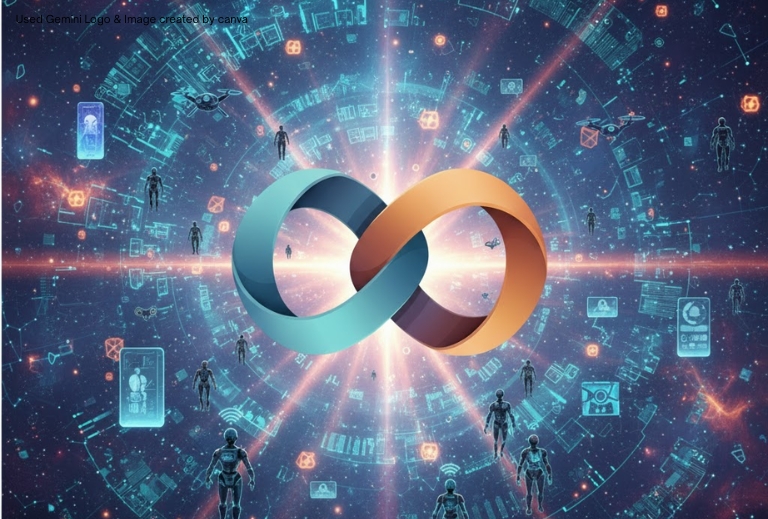The pace at which advanced systems are landing in the market is starting to feel a bit unreal, and Google’s latest move Gemini 3.0 just added more fuel to the fire. In many ways, the release signals Google’s determination to secure an undeniable foothold in next-generation AI.
While details are still shifting around the edges, the update aims to push performance, reasoning, and real-time decision capabilities to a higher tier. And yes, Google is quite confident this version changes the conversation about what AI should actually deliver.
What makes Gemini 3.0 feel different is its focus on functionality, not just flair. The model carries improvements in multimodal processing, especially across extended video, large-scale documents, and natural-to-technical language crossovers. For businesses and teams running workloads with heavy context, this feels less like an incremental patch and more like a long-awaited performance lift.
Speaking of performance, Google hasn’t hidden its intentions. They want Gemini 3.0 to feel more grounded, less brittle, and significantly more adaptable in enterprise settings. Instead of focusing on clever responses, the model aims at delivering structured insight with fewer missteps something organizations have been asking for all year.
Expanded Reasoning Capabilities
One of the biggest internal goals for this release was improving reasoning consistency. Instead of juggling half-processed ideas, Gemini 3.0 presents more linear thought patterns and fewer detours. Anyone working in research, analytics, or technical planning knows how important this is. Reduced hallucination rates and better model discipline create an environment where teams can actually rely on AI-generated insights without excessive double-checking.
The system also handles deeper layers of information processing. For instance, analyzing datasets alongside PDFs and embedded charts in a single conversation feels smoother. There’s less friction, and the model keeps track of context longer, which was a problem in earlier versions.
Real-Time Understanding Takes a Leap
Google’s work on real-time responsiveness seems to be paying off. Video comprehension, live correction during coding tasks, and dynamic verbal feedback have all received structural boosts in Gemini 3.0. It’s designed to interpret moving visuals and connect them to linguistic responses with clearer accuracy. This isn’t just a “cool feature.” In applied environments product inspections, education, support workflows it becomes a practical driver.
Stronger Integration Across Google Ecosystem
If there’s one advantage Google has in this race, it’s the ecosystem. Gemini 3.0 integrates more tightly with Workspace, Android, and the broader infrastructure. That gives users a unified experience rather than disconnected touchpoints. Think of it as central intelligence quietly running behind your daily tools.
Why Gemini 3.0 Matters Now
At the moment, generative AI is moving from experimentation to utility. Users no longer want entertainment they want operational reliability. Gemini 3.0 arrives at a time when organizations are restructuring workflows, budgets, and expectations around automation. And Google’s positioning seems clear: this model is meant to become an everyday operational engine, not a novelty.
Whether the rollout meets all its promises is something time will reveal. For now, Gemini 3.0 marks a turning point not only for Google but for the broader market. The question is no longer if multimodal AI will redefine productivity it’s how fast.


